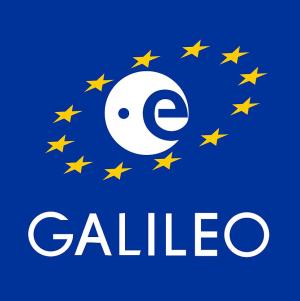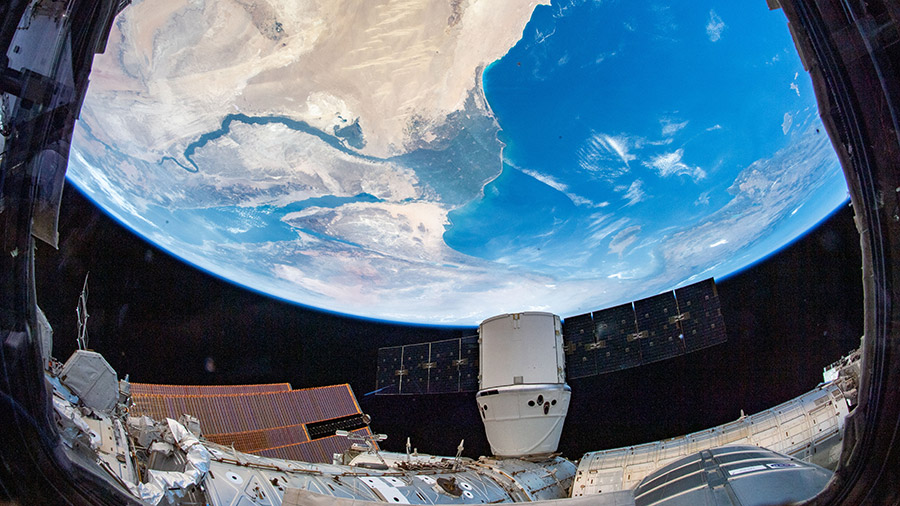Threat to Amateur Radio 23cm band
 A joint paper by France, Lithuania, Malta, Slovenia and The Netherlands for the CEPT CPG meeting in Ankara, August 26-30, attacks the continued use by Radio Amateurs of our 1240-1300 MHz band.
A joint paper by France, Lithuania, Malta, Slovenia and The Netherlands for the CEPT CPG meeting in Ankara, August 26-30, attacks the continued use by Radio Amateurs of our 1240-1300 MHz band.
This is the final CEPT CPG meeting in preparation for the ITU World Radiocommunication Conference 2019 (WRC-19) to be held in Sharm el-Sheikh, Egypt, October 28 to November 22. This conference will define the Agenda Items for WRC-23.
Paper AI10 – Proposal on AS-RNSS says:
Galileo is close to full operational capability and its E6 signals in the band 1260-1300 MHz will support new services such as the free-to-use Galileo High Accuracy Service, and also robust authentication, expected to be used by a variety of applications including autonomous vehicles and the Internet of Things (IoT).
Several cases of interference to Galileo E6 receivers from amateur service emissions have occurred in the recent past, sometimes at significant distance, and have taken several hours or even days to be eliminated. There is therefore a serious concern that as Galileo E6 receivers are deployed and used more widely, cases of interference from amateur stations will rapidly grow in number.
A WRC-23 agenda item is necessary to address this issue because:
1. Unregulated use of the band 1240-1300 MHz by the amateur service is a serious source of harmful interference to RNSS receivers. This is demonstrated by experience.
2. The number of Galileo receivers in 1260-1300 MHz will increase dramatically, and interference cases will multiply if not addressed timely.
3. Galileo and other RNSS systems will deploy at global scale, and interference scenario between amateur emissions and RNSS receivers include cross-border cases. The issue is therefore of international nature and is to be addressed in the ITU framework.
4. Galileo is a major European asset, and a decision at WRC-23 is essential to be compatible with the roadmap of deployment of Galileo receivers in this band.
Download Paper: AI10 – Proposal on AS-RNSS from
https://cept.org/ecc/groups/ecc/cpg/client/meeting-documents/?flid=10031
Also see the IARU paper: RNSS Proposal WRC-19 AI 10 at the same URL
Some background information is at
https://amsat-uk.org/2019/05/31/1240-1300-mhz-band-discussed-by-cept-wgfm-and-cpg-pta/
European Commission Joint Research Centre report written 2014 and published 2015 on Compatibility between Amateur Radio Services and Galileo in the 1260-1300 MHz Radio Frequency Band. It reports the effect of transmissions of 0.1, 1 and 15 watts EIRP on a Galileo receiver up to 10 km away – download PDF here
January 2006 – Potential Interference To Galileo From 23cm Band Operations by Peter Blair G3LTF
http://www.southgatearc.org/articles/galileo.htm
Get The Details…
m5aka
AMSAT-UK
Powered by WPeMatico




 A joint
A joint 

